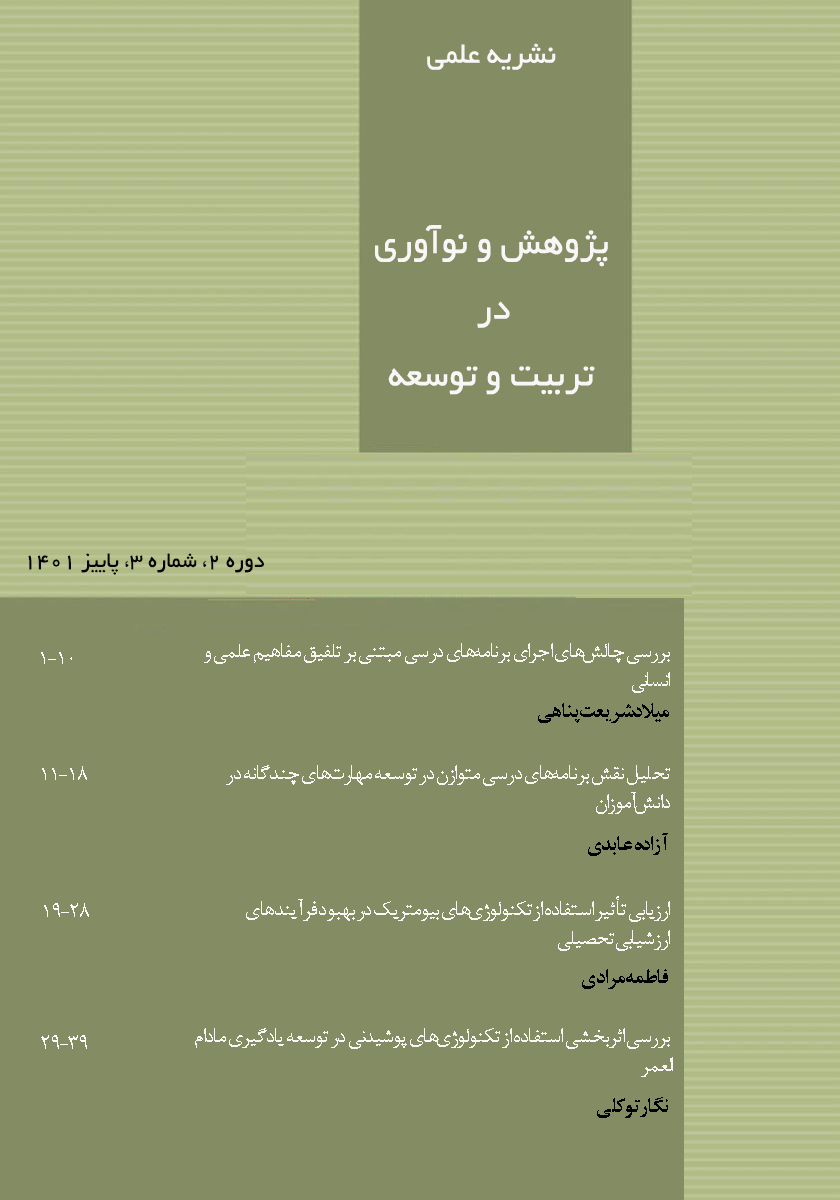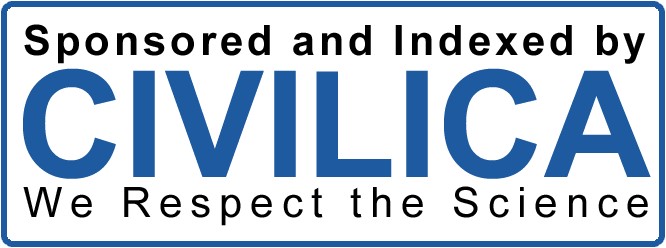The Impact of Wearable Technologies on Lifelong Learning
Keywords:
Wearable Technologies, Lifelong Learning, Education, Privacy, Augmented, Reality, Smart DevicesAbstract
This article provides a comprehensive review of the impact of wearable technologies on lifelong learning, utilizing a descriptive narrative analysis approach. In recent years, wearable technologies such as smartwatches, fitness bands, and augmented reality glasses have become integral tools in educational environments. The review explores the potential of these technologies to enhance learning experiences by offering real-time feedback, personalized learning paths, and improved access to educational resources. However, the study also identifies significant challenges, including privacy concerns, high costs, and the need for robust infrastructure. The findings indicate that while wearable technologies offer numerous benefits for lifelong learning, they require careful implementation to maximize their potential. The study concludes with recommendations for future research and practical suggestions for educators and policymakers to effectively integrate wearable technologies into educational practices.
Downloads
References
پروین ی، ع. )1۳۹۷(. ی ادگیری مادامالعمر و عدالت اجتماع ی: نقش آموزش های غیررسمی . مجله پژوهش های تربیتی ، 1۲)۲(،
.1۲1-1۳۹
تقی پور، م. )1۴۰1(. چالش های امنیتی در استفاده از تکنولوژی ها ی پوشیدن ی. مجله فناوری اطالعات و ارتباطات، ۳۲)1( ، 1۵-
.۳۰
فتحی واجارگاه، ک. )1۳۹۹(. ی ادگیری مادام العمر: مبانی و راهبردها. تهران: انتشارات سمت.
کریمی ، م. )1۳۹۸(. نقش آموزش مادام العمر در توسعه جامعه مدرن. فصلنامه مطالعات آموزشی ، ۲۳) ۳(، .۴۵-۶۳
ناصری، ر. ) 1۴۰۰(. آموزش مادامالعمر و سالمت روانی : یک بررسی تطبی قی . مجله علوم اجتماع ی و رفتاری، ۲۹) ۴(، 1۸۰-
.1۹۷
Ahn, J., Lee, S., & Choi, H. (2018). The impact of wearable fitness devices on
learning outcomes in physical education. Journal of Physical Education, Recreation &
Dance, 89(7), 54-61 .
Azuma, R. T. (1997). A survey of augmented reality. Presence: Teleoperators &
Virtual Environments, 6(4), 355-385 .
Billinghurst, M., & Dunser, A. (2012). Augmented reality in the classroom.
Computer, 45(7), 56-63 .
Dede, C. (2010). Emerging technologies, ubiquitous learning, and educational
transformation. In Handbook of research on educational communications and technology
(pp. 55-63). Springer, New York, NY .
Gao, W., Emaminejad, S., Nyein, H. Y. Y., Challa, S., Chen, K., Peck, A., ... &
Javey, A. (2016). Fully integrated wearable sensor arrays for multiplexed in situ
perspiration analysis. Nature, 529(7587), 509-514 .
Johnson, R., Adams Becker, S., Estrada, V., & Freeman, A. (2019). NMC Horizon
Report: 2019 Higher Education Edition. Austin, Texas: The New Media Consortium .
Kraleva, R. (2019). The integration of wearable technologies into education.
Education and Information Technologies, 24(2), 1137-1147 .
Lee, M., Lee, S., & Choi, J. (2020). Effects of augmented reality wearable devices
on learning in educational settings. Journal of Computer Assisted Learning, 36(2), 150-
.
Patel, S., Park, H., Bonato, P., Chan, L., & Rodgers, M. (2015). A review of wearable
sensors and systems with application in rehabilitation. Journal of NeuroEngineering and
Rehabilitation, 9(1), 21 .
Stoppa, M., & Chiolerio, A. (2014). Wearable electronics and smart textiles: A
critical review. Sensors, 14(7), 11957-11992 .
Wright, S., & Keith, L. (2014). Wearable technology: If the tech fits, wear it. Journal
of Electronic Resources in Medical Libraries, 11(4), 204-216 .
Xu, H., Gupta, A., & Laroche, M. (2021). Privacy concerns in wearable
technologies: An exploratory study. Journal of Business Research, 131, 755-766.
Downloads
Published
Submitted
Revised
Accepted
Issue
Section
License

This work is licensed under a Creative Commons Attribution-NonCommercial 4.0 International License.











